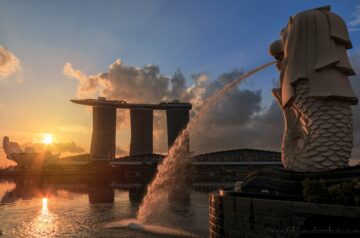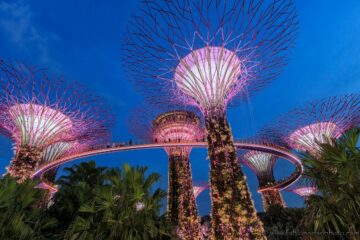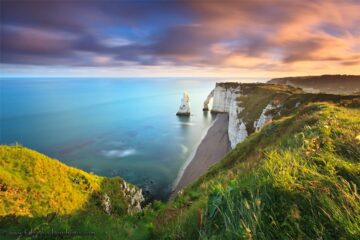If you plan a trip to Verona, don’t miss this article. You will find some things to do and see in Verona in 2 days.
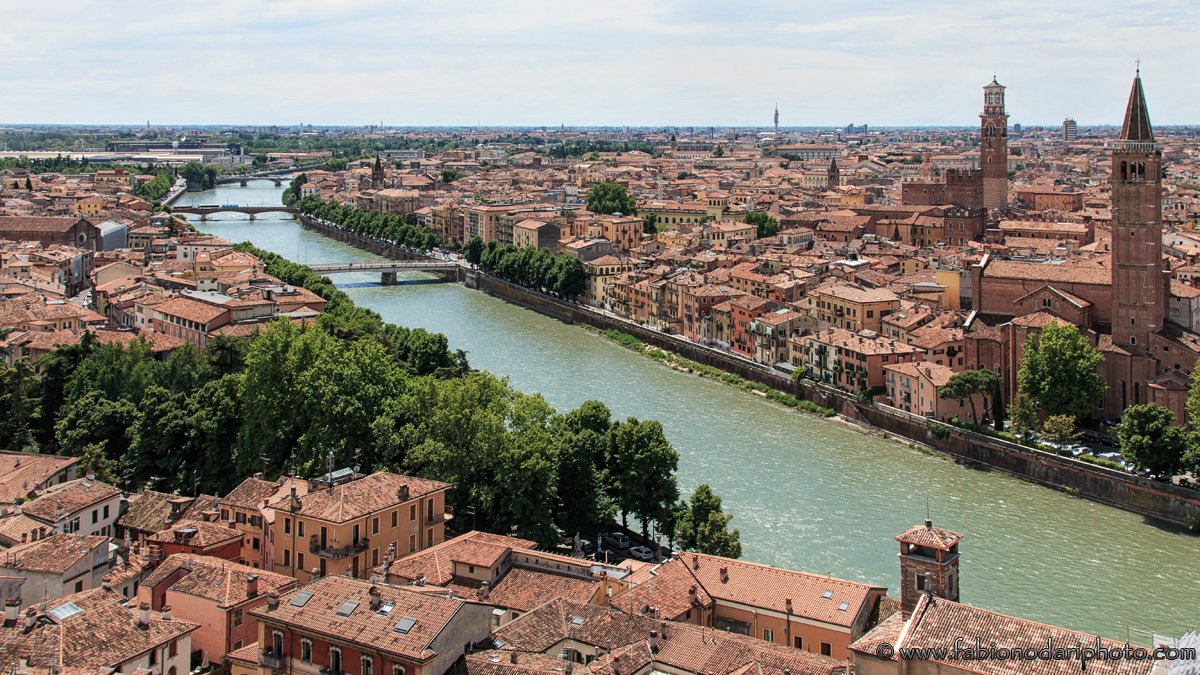
‘In fair Verona where we lay our scene…’ romance is all around. However, the allure of this northern Italian city lies not only in its connection to Shakespeare’s ‘Romeo and Juliet’. There are many reasons to consider staying at this beautiful UNESCO World Heritage site.
How long does it take to visit Verona, and what is the best time to go
If you want you can spend several days in Verona, exploring the many historical sites but two days are enough to visit the main places of interest, as for the best time to visit the city, remember that, as in the rest of northern Italy, autumn and spring are the two seasons with the best climate. September is statistically one of the best months: mild temperatures and a few days of rain.
Regarding accommodation, there are plenty of options on Booking.com and Trip.com. Here you can find some good tours to visit the city.
Here is a short guide on what to see and do in 2 days in and around Verona.
Things To Do On Your First Day in Verona
First, early in the morning, why not get the most touristy attraction in Verona out of the way? The so-called Juliet balcony, in a courtyard off Via Capello.
The Juliet Balcony
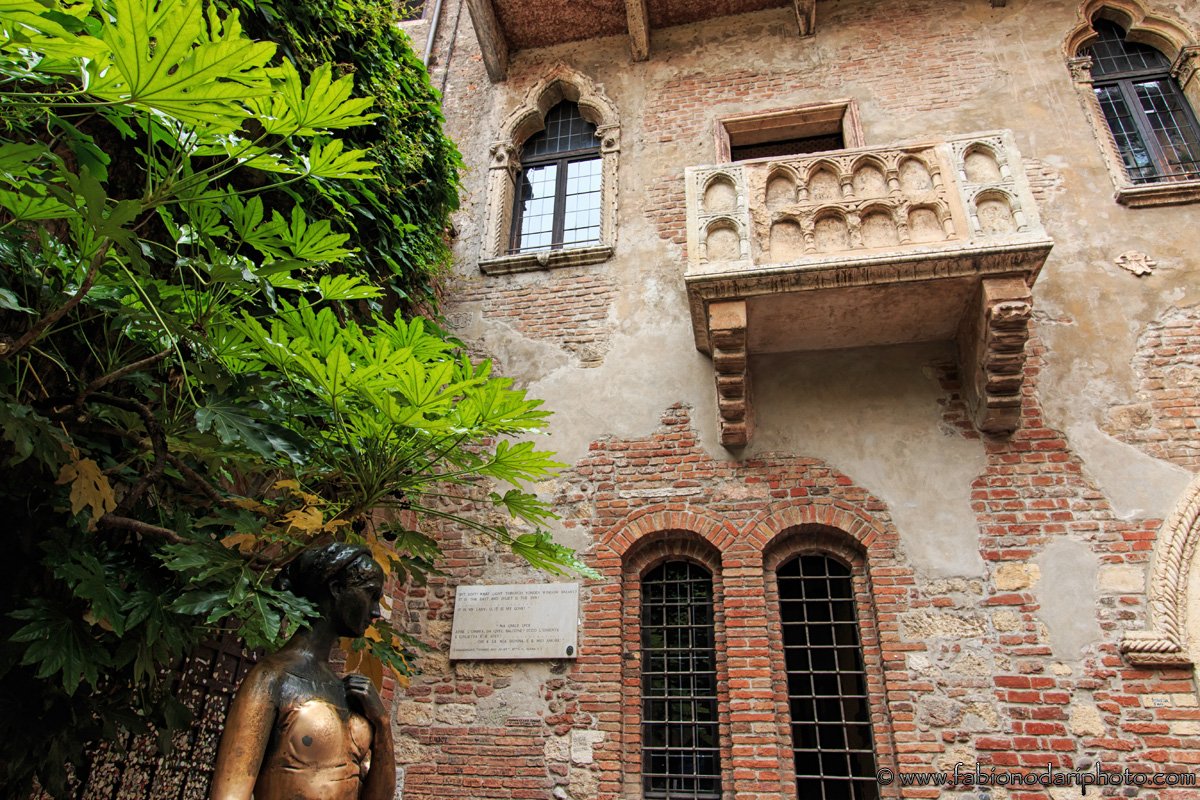
Though there is no historical basis for the idea, many come here to see the place where Juliet stood and called out her famous ‘Romeo, Romeo’ line. An early morning visit will allow you to avoid the worst of the crowds.
The home’s beautiful balcony is an excellent example of 13th-century Gothic architecture. Note the Juliet statue nearby – its breast polished and shining because so many have rubbed it for good luck!
After briefly visiting the balcony, head northwest to reach Piazza Erbe.
Piazza Erbe
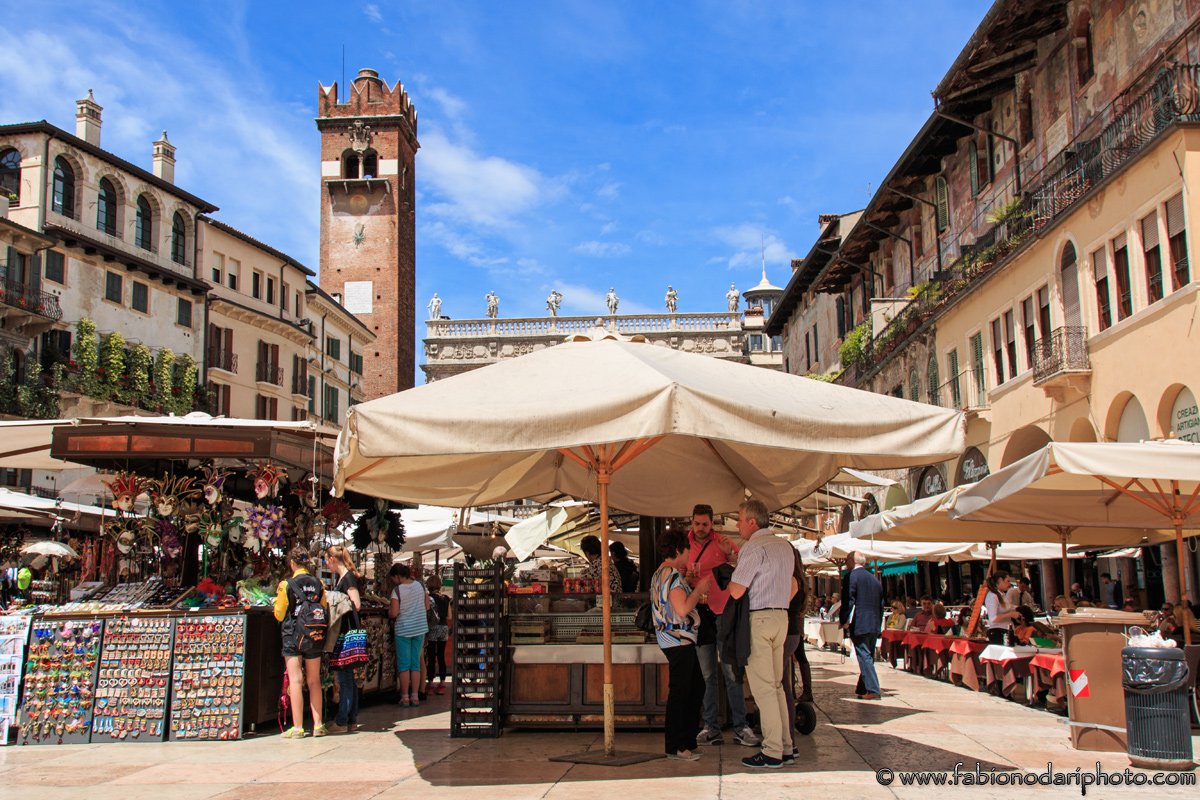
This square was the location of the Roman forum and still hosts a market today. This is a great place to enjoy a coffee or a relaxed breakfast at one of the outdoor cafes. Here, you can also climb the 238 steps of Torre dei Lamberti, a medieval tower that dates back to the 12th Century. Don’t fancy taking the steps? You can cheat and take the elevator to the top to enjoy the stunning views of the city.
Continue your tour by walking northeast.
Piazza dei Signori
This is another of the old town’s important squares. Grand, important buildings surround it, and a statue of Dante stands at its heart. Just to the west, you will next discover the Scaliger Tombs – the intricate Gothic funerary monuments of the Scaliger family, who ruled here in the 13th and 14th Centuries. Just behind the Arche Scaligere, you can also visit the tiny 12th-century Romanesque church of Santa Maria Antica.
On Via Arche Scaligere, you will see Casa di Romeo – the so-called home of the love-struck teen. It is an attractive private home dating from the 14th Century. Next, head towards the river bank to the west, and you will find a quieter, less touristy part of the old town. There are plenty of good restaurants along Via Sottoriva where you can sample authentic cuisine. Bear these in mind for later (or grab some lunch if you are ready) as you head north along the Lungo Adige on the picturesque banks of the river.
Chiesa Santa Anastasia & the Verona Cathedral
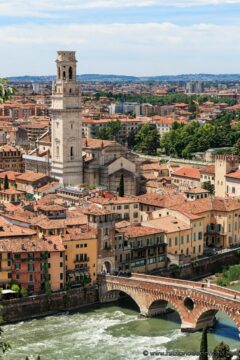
Santa Anastasia is one of the city’s most interesting and beautiful churches. Construction began on this building in 1292, though it was only completed in 1481. Be sure to head inside to check out the beautiful paintings, frescoes, and sculptures. After doing so, continue following the river’s bend to reach the city’s cathedral. You can admire the Ponte Pietra, an old Roman bridge on the way.
The Cathedral dates from the 12th century and is part of a complex of buildings that includes other 12th-century ecclesiastical buildings and the remains of an early Christian basilica. Inside the cathedral are frescoes dating from the 15th to the 18th centuries.
Should you wish to see more churches, you should also consider heading south to see the old town’s other fine ecclesiastical buildings: Chiesa di San Pietro in Monastero and, further south, Chiesa di Sant-Eufemia and Chiesa di San Giovanni in Foro.
En route to these final two churches, you could also consider stopping for a look at the Corte Sgarzerie Archaeological Area.
Roman Verona
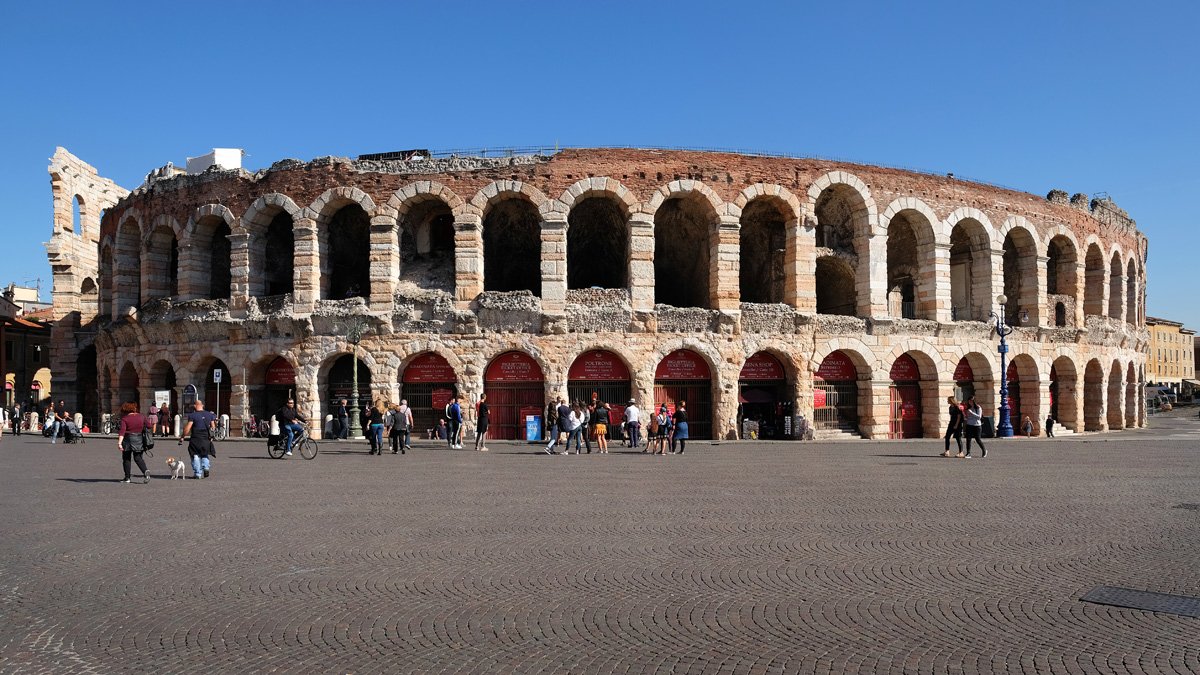
The archaeological area encompasses the ruins of a Roman temple, a Roman road, and more and gives some insight into the Roman history of the city. Stop in here before taking a look at Porta Borsari. This ancient Roman gate once marked the entrance to the city.
However, the shining crown jewel of Roman Verona is the Arena di Verona, an ancient Roman amphitheatre that is still pretty well preserved.
It is well worth checking the program of events during your stay, as this is home to Verona’s summer opera and jazz festivals, and a series of events take place at this venue throughout the year. This could be a good place to end your first day in Verona.
Things To Do On Your Second Day in Verona
On your first day in Verona, it is unlikely that you managed to make it much beyond the old town area of the city. On your second morning, I recommend you begin by taking a stroll across the Ponte Pietra to check out the attractions on the other side of the river.
Roman Theatre & Castel San Pietro
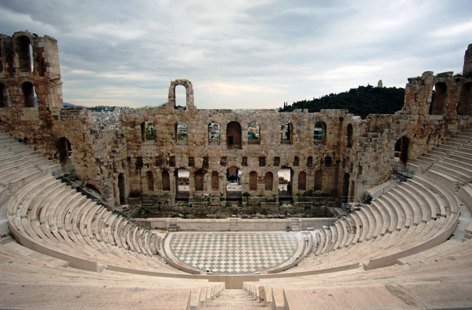
First, check out another of the city’s Roman sites, the Roman Theatre. It was built around the end of the 1st Century BC, and many of its features remain visible today.
After looking at this important site, stroll (or ride the funicular) up to the old castle. A castle was built in 1398 on this hill, and it has been inhabited since Roman times. It was constructed on the ruins of a former fortress built in the 9th-10th Century. The castle was blown up by the French in 1801, and between 1851 and 1856, the Austrians built a barracks fortress here, which is still visible today. While the ruins of this building are not open to the public, the esplanade offers stunning views out over the city.
Castelvecchio
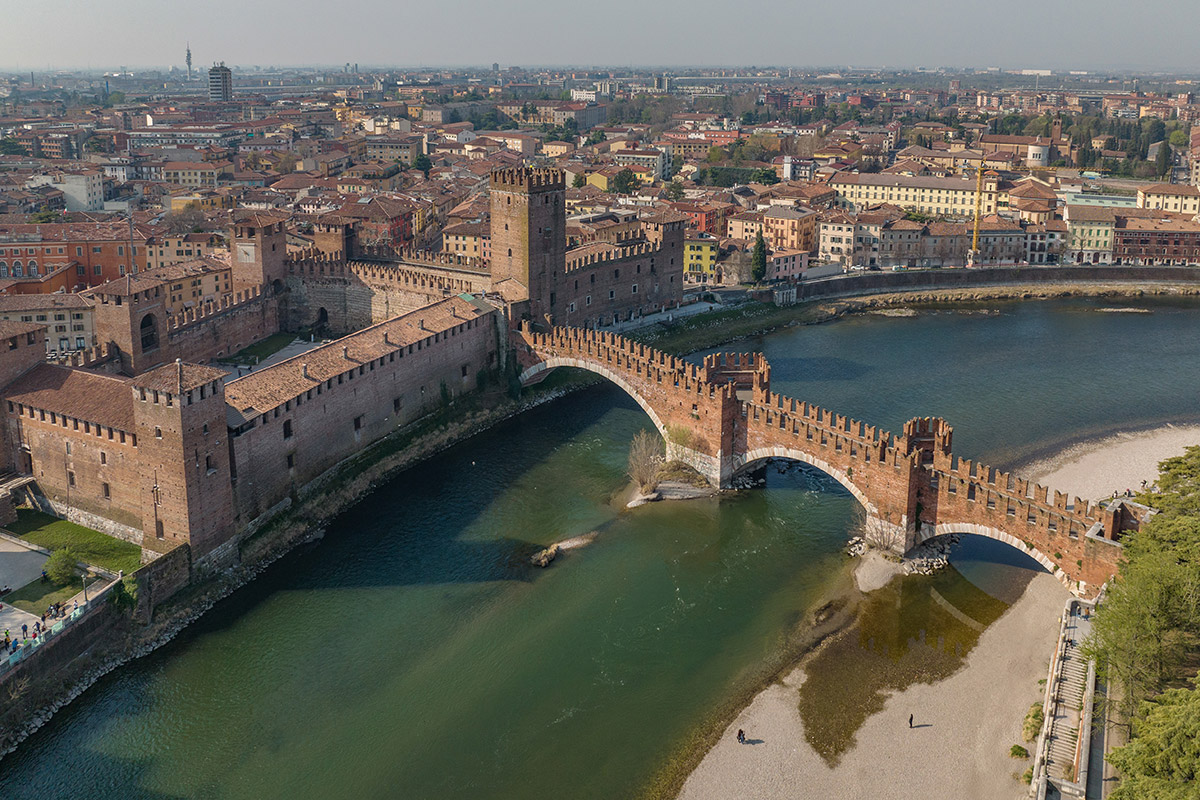
Castelvecchio, originally called San Martino in Aquaro Castle, is a medieval fortress located in the historic center of Verona, currently used as the headquarters of the Civic Museum. It is the most important military monument of the Scaligeri lordship.
In January 1944, the trial against the six members of the Gran Consiglio del Fascismo who had removed Benito Mussolini from the office of President of the Council during the session of July 25, 1943, took place there.
Bonus: A Half-Day Trip From Verona to Lake Garda
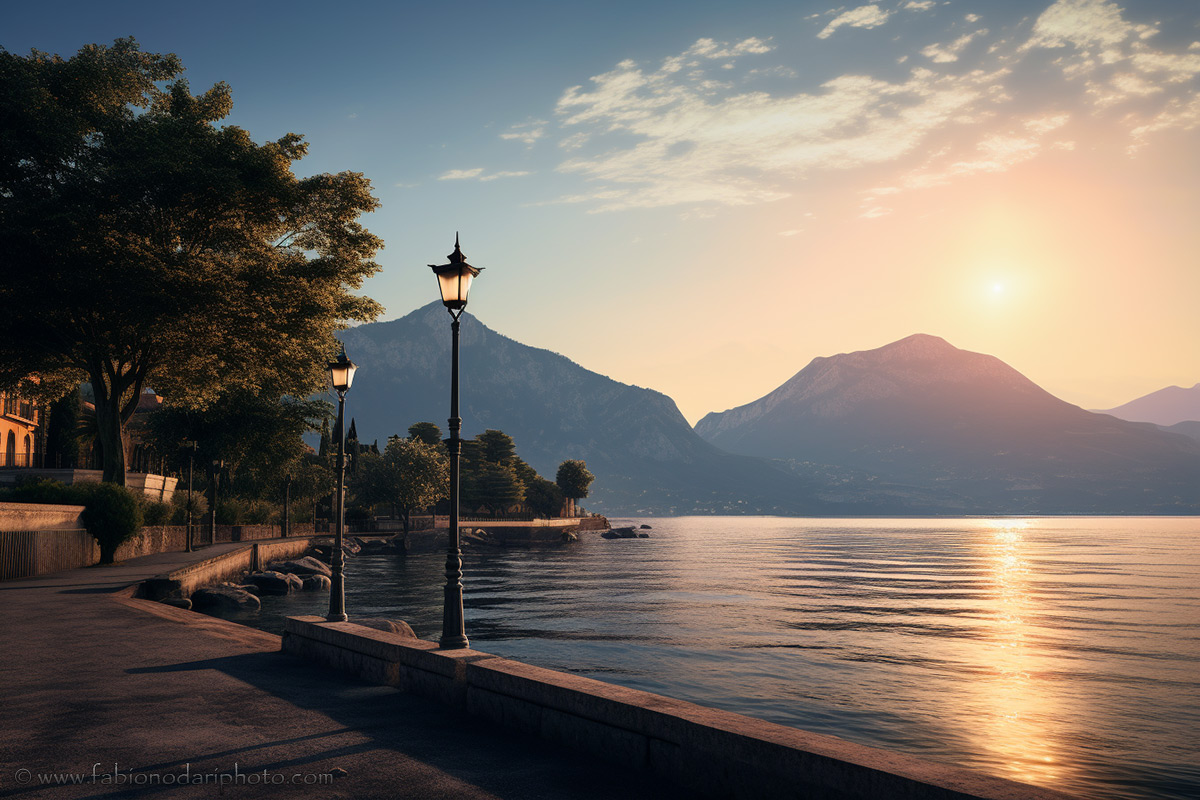
Even on a brief two-day visit to Verona, and even though there are many more things to do in Verona itself, we highly recommend that you take the time to make a brief excursion from Verona to the stunning Lake Guarda. We highly recommend a trip to Peschiera del Garda – a charming lakeside settlement. From there, you can take a private boat cruise to reach the charming medieval hamlet of Sirmione, with its delightful botteghe, cobbled lanes, and 14th-century castle. Alternatively, spend the whole day at Gardaland, Italy’s most famous amusement park.
This is one delightful way to experience Lake Guarda, though there are plenty of others.
If you also plan to visit Venice, don’t miss this post and this article about the beautiful little island of Burano near Venice.
